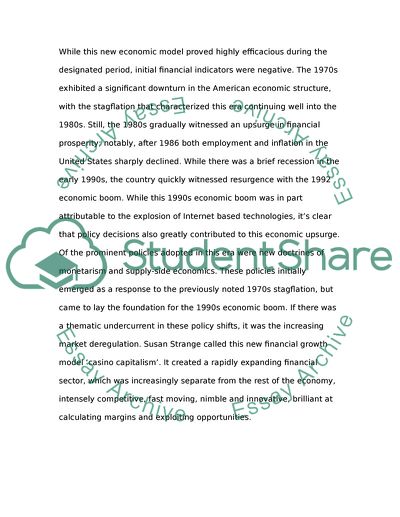Cite this document
(“Globalisation and the Transition Economies: Russia and China Essay”, n.d.)
Globalisation and the Transition Economies: Russia and China Essay. Retrieved from https://studentshare.org/macro-microeconomics/1584400-globalisation-and-the-transition-economies-russia-and-china
Globalisation and the Transition Economies: Russia and China Essay. Retrieved from https://studentshare.org/macro-microeconomics/1584400-globalisation-and-the-transition-economies-russia-and-china
(Globalisation and the Transition Economies: Russia and China Essay)
Globalisation and the Transition Economies: Russia and China Essay. https://studentshare.org/macro-microeconomics/1584400-globalisation-and-the-transition-economies-russia-and-china.
Globalisation and the Transition Economies: Russia and China Essay. https://studentshare.org/macro-microeconomics/1584400-globalisation-and-the-transition-economies-russia-and-china.
“Globalisation and the Transition Economies: Russia and China Essay”, n.d. https://studentshare.org/macro-microeconomics/1584400-globalisation-and-the-transition-economies-russia-and-china.


